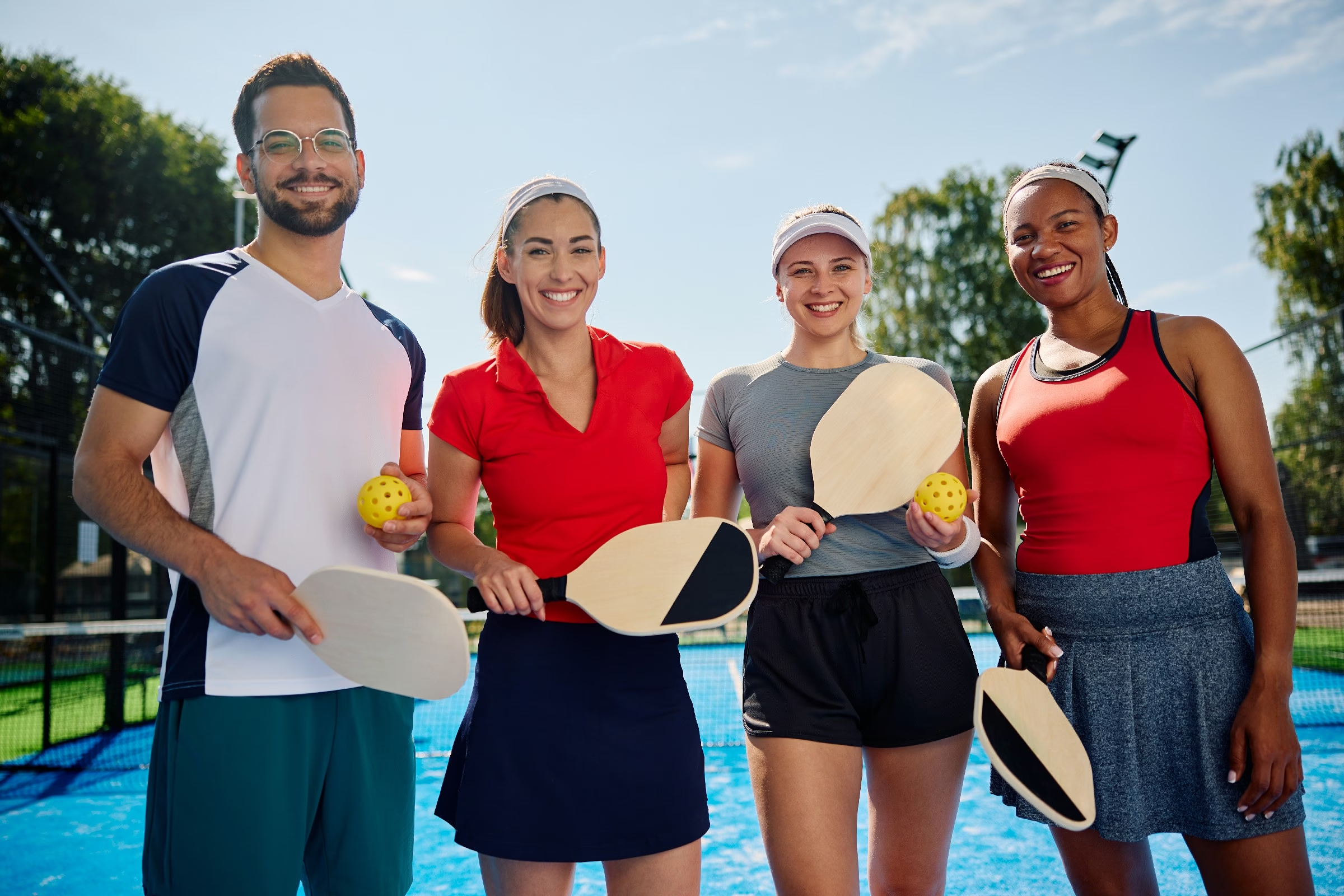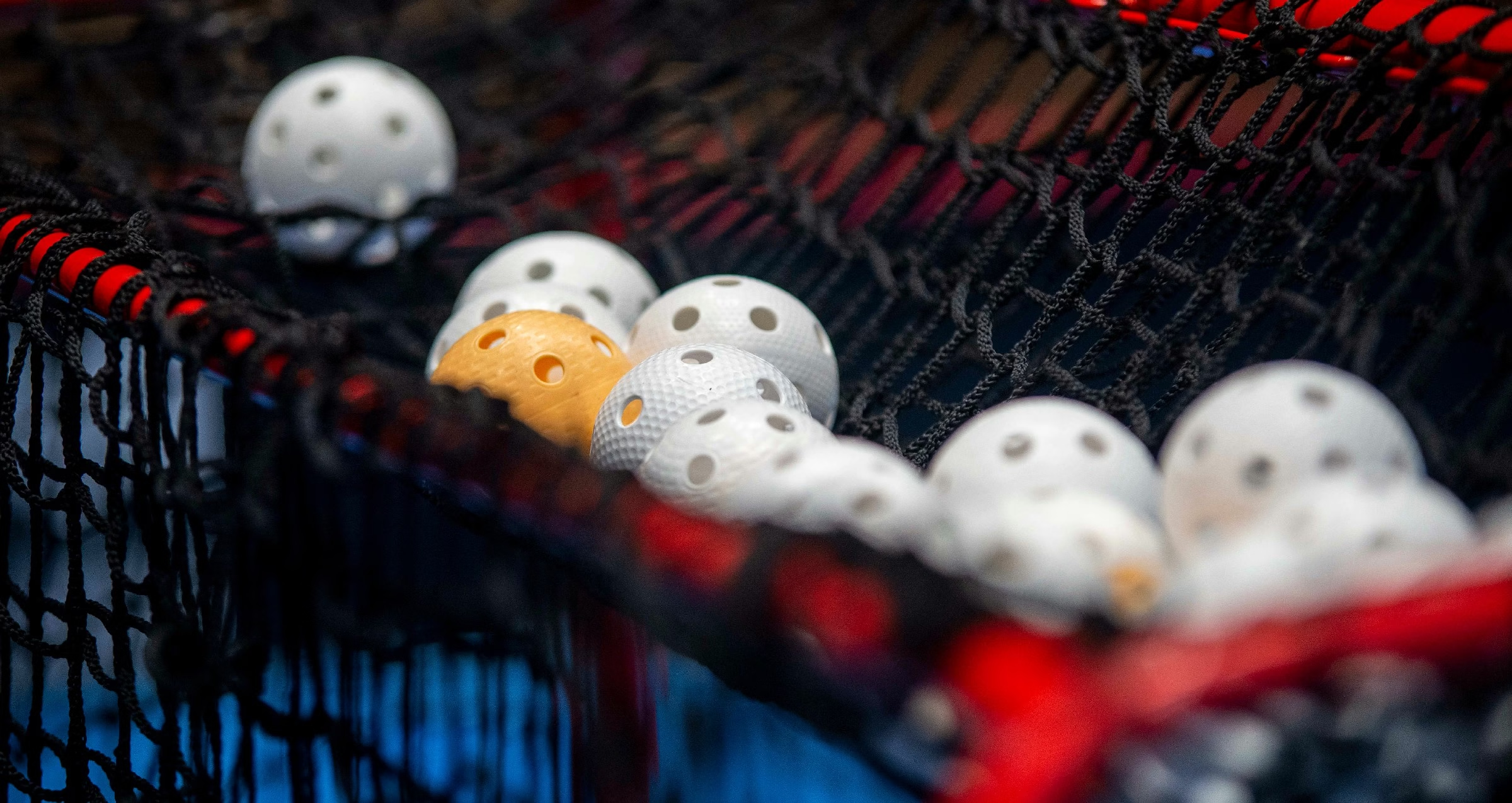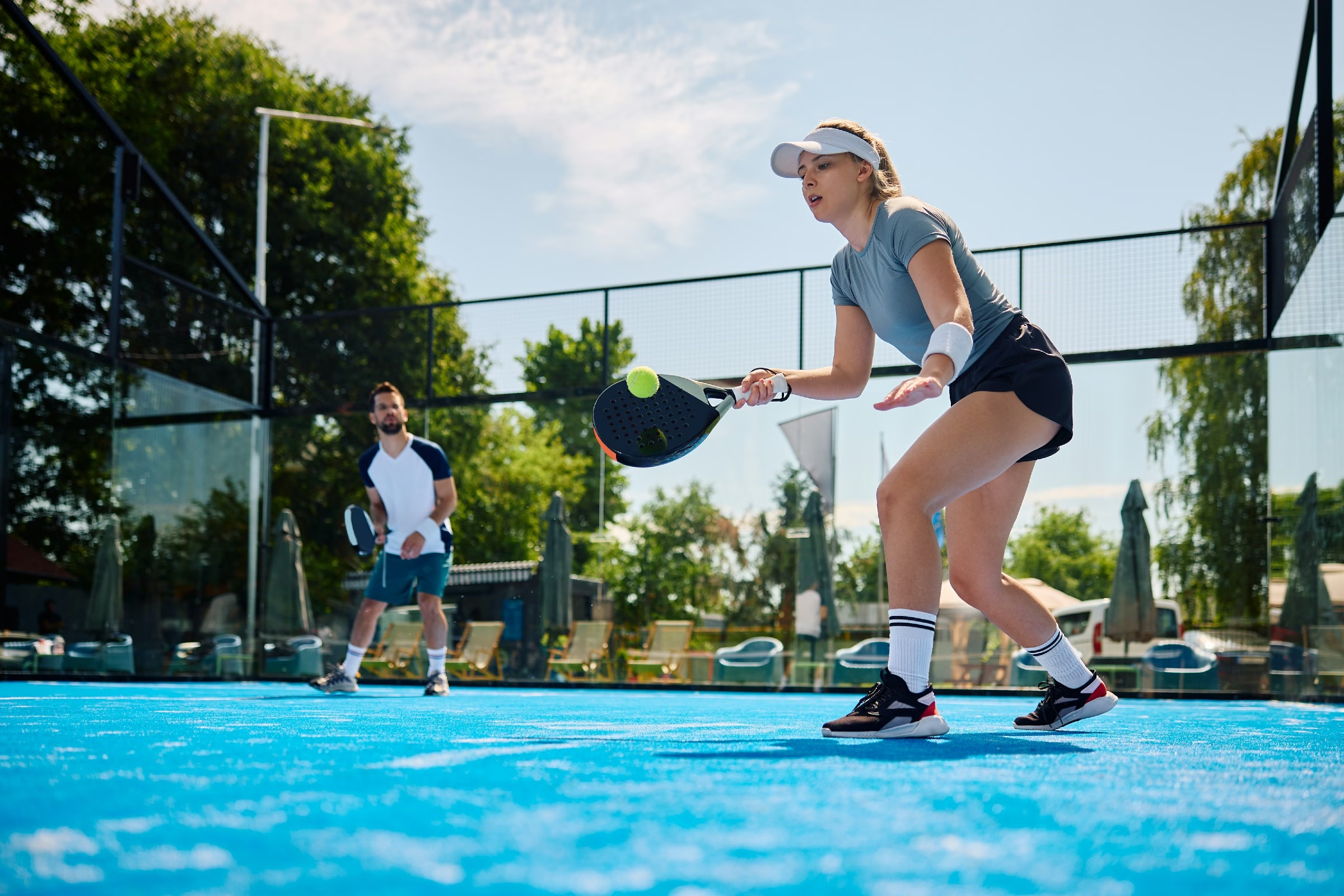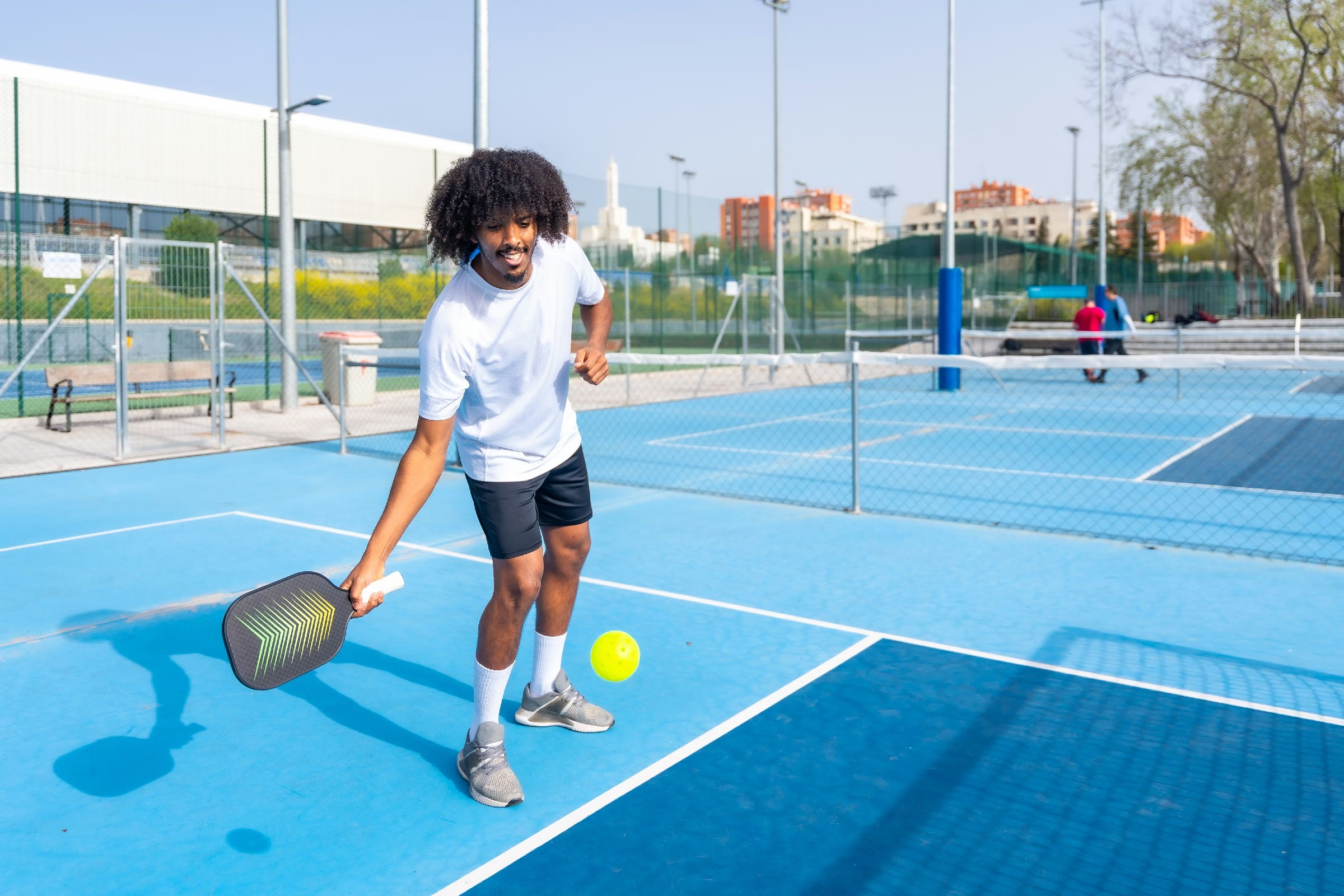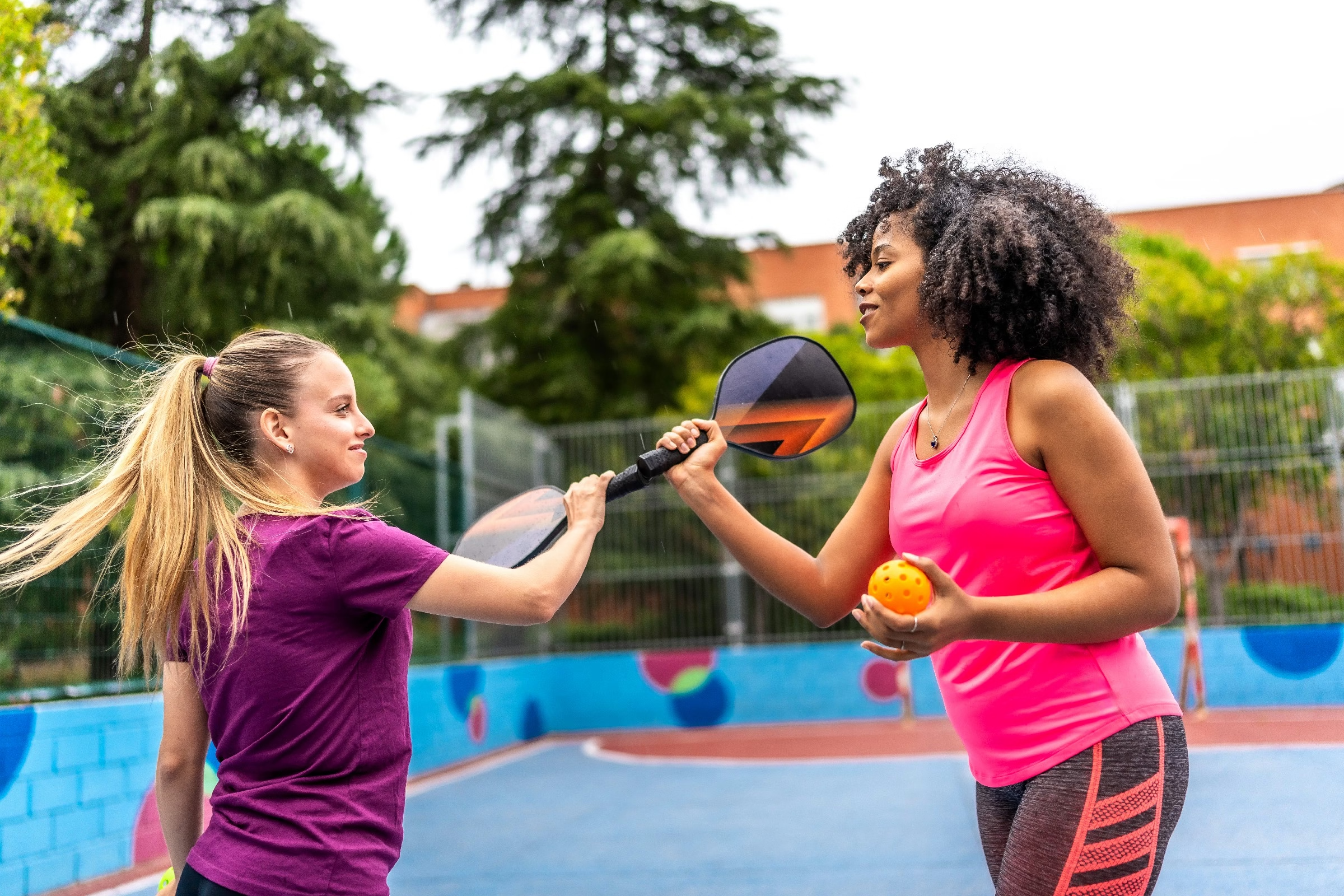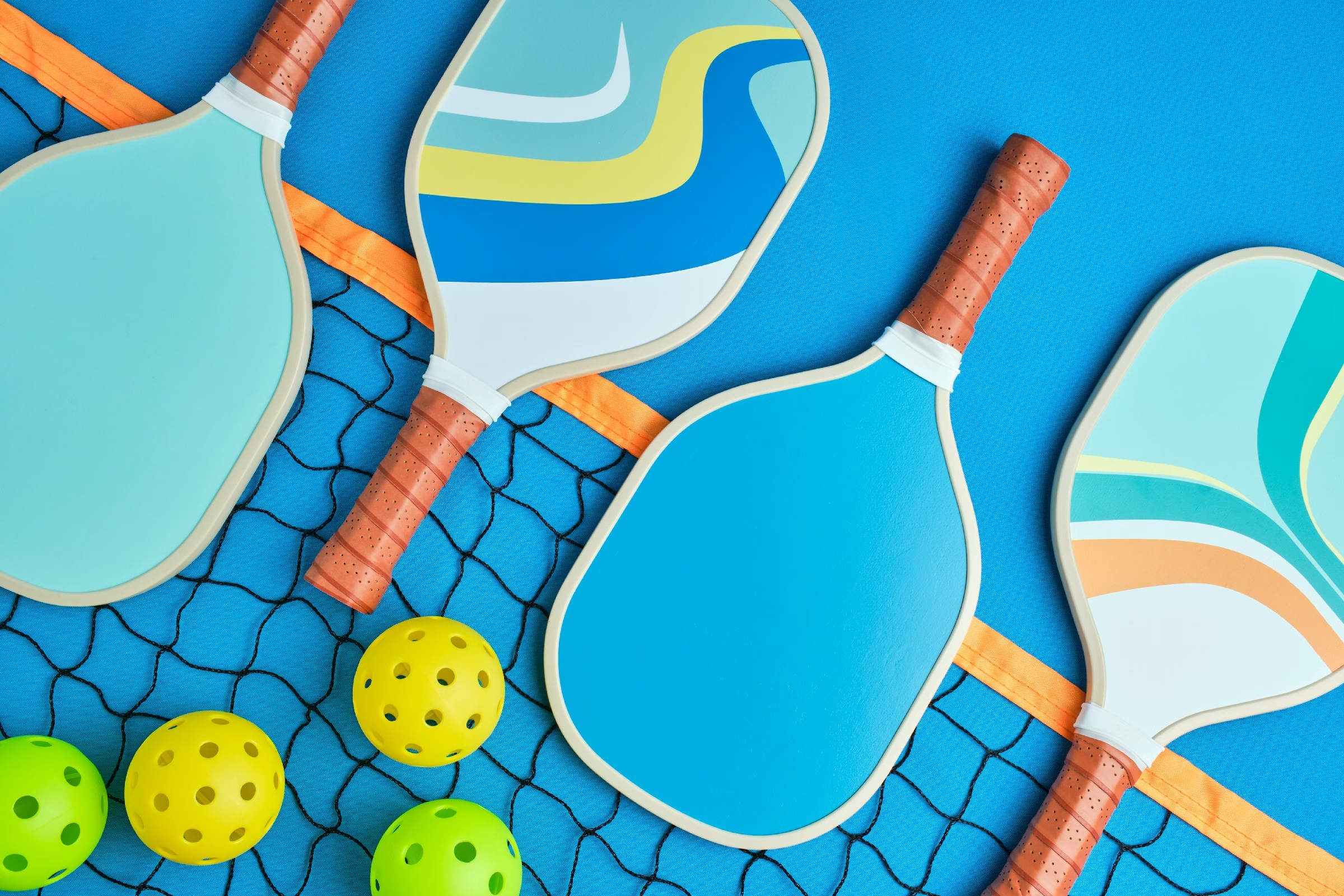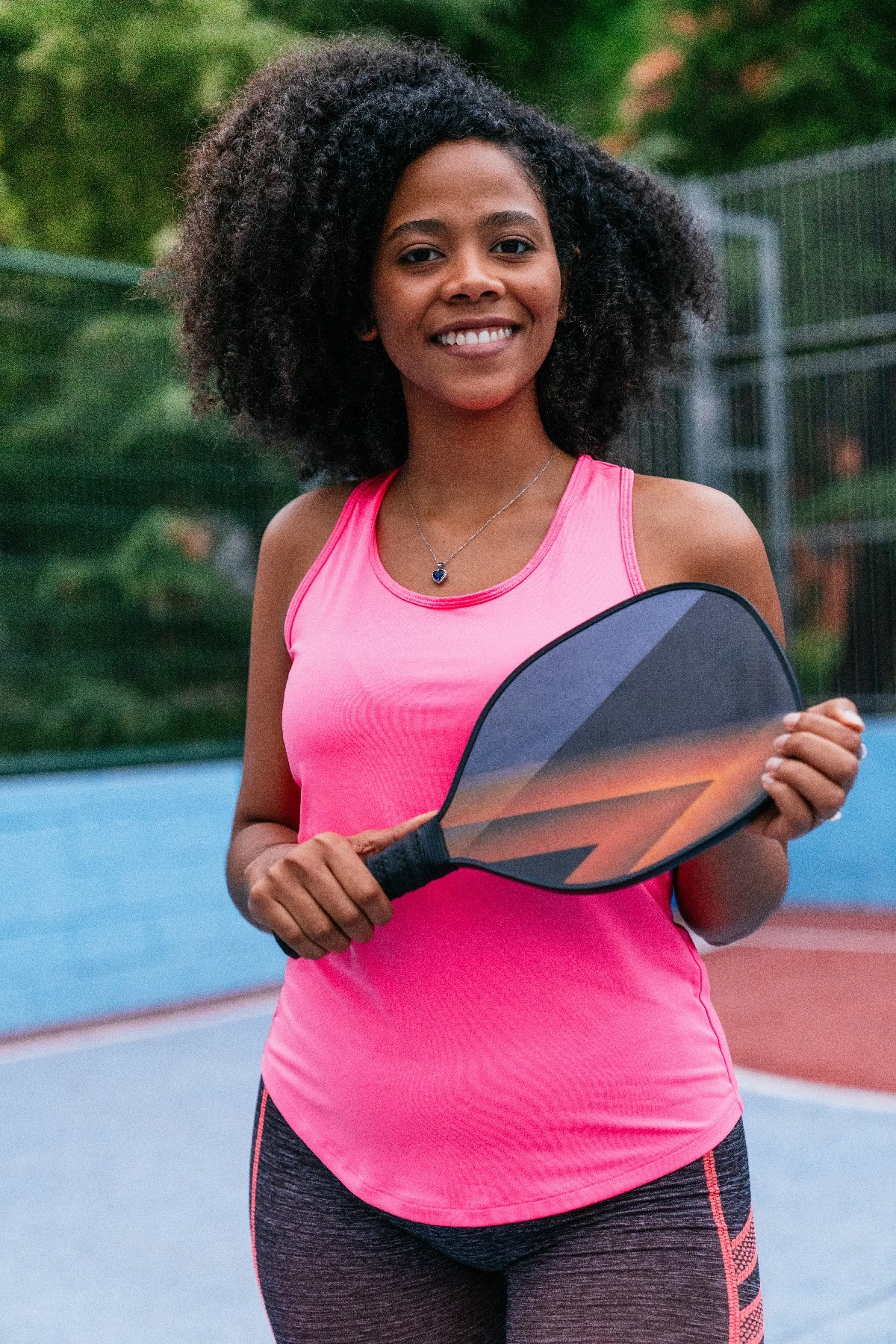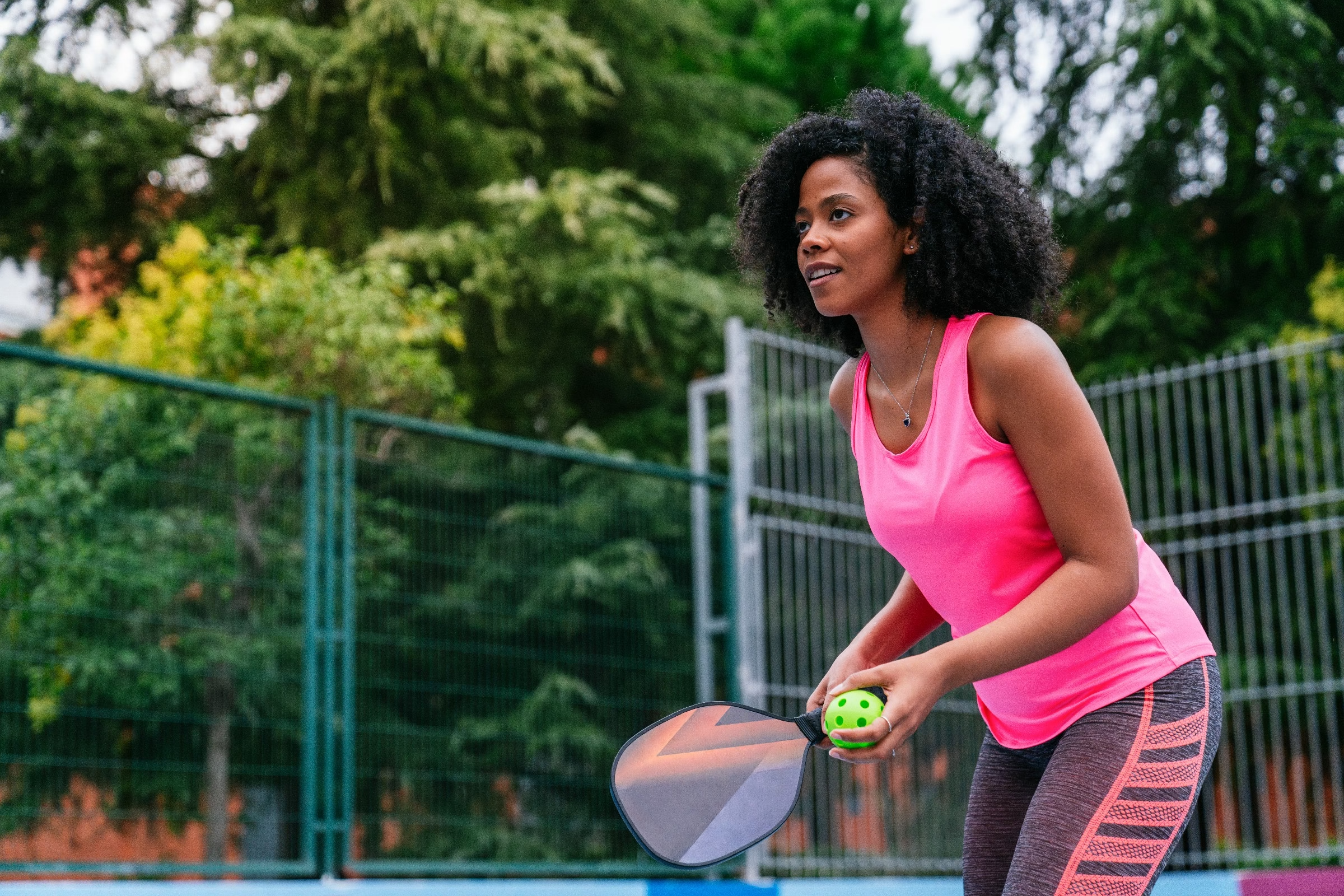Blog
what makes a good pickleball court
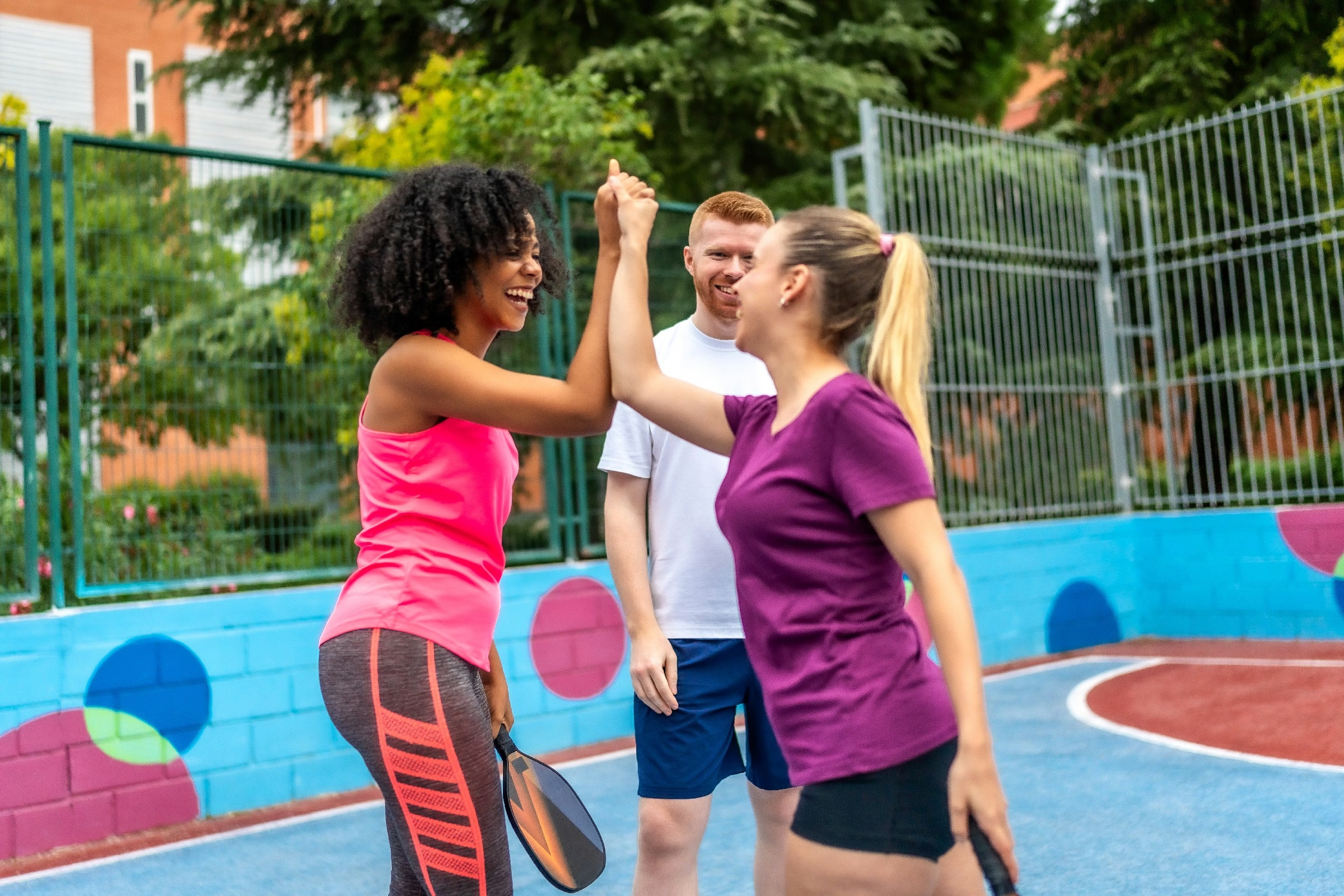
As the sun casts its golden rays on the vibrant green courts, the gentle thud of paddles meeting balls resonates in the air, marking the rhythm of a game that has captured the hearts of players across generations. Pickleball, a sport that marries elements of tennis, badminton, and table tennis, has taken the recreational world by storm. But what elements transform a simple patch of asphalt or grass into an inviting pickleball court? Beyond the surface lines and net height,a myriad of factors contribute to creating the perfect playing environment. From optimal dimensions and surface material to strategic placement and essential facilities, understanding what makes a good pickleball court is essential for players, community organizers, and enthusiasts alike. In this article, we dive into the intricate details that elevate a pickleball court from the ordinary to the extraordinary, ensuring that every game is not just played, but truly enjoyed.
Table of Contents
- Choosing the Right Surface for Optimal Playability
- Understanding the Importance of Court dimensions and Layout
- Lighting Considerations for evening Matches
- Strategic Placement of Net Systems for Enhanced Performance
- Incorporating Spectator areas for Community Engagement
- maintenance Tips for Longevity and Consistent Quality
- Q&A
- To Conclude
Choosing the Right Surface for Optimal Playability
When it comes to the design of a pickleball court, selecting the appropriate surface is crucial for enhancing the game experience. various materials can influence not just the overall look of the court but also its playability. Some of the most common surfaces include:
- Acrylic: Known for its durability and versatility, acrylic surfaces provide excellent traction and are easy to maintain.
- Concrete: A popular choice, concrete offers a sturdy foundation and can be painted with special coatings for added bounce and comfort.
- Asphalt: Slightly softer on the joints, asphalt is an effective yet economical option, often seen in public courts.
The surface texture substantially impacts ball bounce, grip, and overall player comfort. A smoother surface might provide a faster game, whereas a textured surface can enhance control and reduce slippage. Therefore, considering the texture and its implications is essential. Factors to keep in mind include:
| Surface Type | bounce Stability | Joint Impact |
|---|---|---|
| Acrylic | High | Moderate |
| Concrete | Moderate | High |
| Asphalt | Moderate | Low |
When choosing a surface, it’s also essential to consider the climate where the court will be located. Weather resistance is key in ensuring the longevity and functionality of the court. Some surfaces perform better under varying weather conditions, while others may deteriorate quickly if not properly cared for. factors such as:
- Temperature Sensitivity: Some materials expand or contract significantly with temperature changes.
- Moisture Absorption: Surfaces that retain moisture may develop mold or mildew, affecting playability.
- UV Resistance: Exposure to sunlight can fade colors and degrade materials that aren’t UV-stabilized.
Understanding the Importance of Court Dimensions and Layout
The dimensions and layout of a pickleball court play a crucial role in the overall gameplay experience. A standard court measures 20 feet wide and 44 feet long for doubles play, with the non-volley zone (or kitchen) extending 7 feet from the net on both sides. Maintaining these specific measurements helps create a balanced and competitive environment for players of all skill levels, ensuring that no one player has an unfair advantage. Whether playing casually or in a tournament setting, these precise dimensions provide a structured platform for strategic play.
A well-designed pickleball court should also take into account the surrounding layout and surface type. Courts should ideally be surrounded by sufficient space to accommodate player movement and potential ball rebounds, typically extending at least 3 to 5 feet beyond the court boundaries.The surface material, whether it’s asphalt, concrete, or specialized pickleball flooring, must provide optimal traction and cushion to reduce the risk of injury. Some recommended surface types include:
- Acrylic coatings for enhanced grip and durability
- Polymeric surfaces that offer shock absorption
- Indoor hardwood for a customary feel and excellent ball bounce
When evaluating a pickleball court,one must also consider the net height and center strap tension.The regulation net height is 36 inches at the sidelines and 34 inches at the center, necessitating proper installation to prevent warping or sagging over time. To further illustrate the meaning of these components, here is a simple table summarizing ideal court specifications:
| Feature | Specification |
|---|---|
| Court Width | 20 feet |
| Court Length | 44 feet |
| Non-Volley Zone | 7 feet |
| Net Height (Sidelines) | 36 inches |
| Net Height (Center) | 34 inches |
Lighting Considerations for Evening Matches
As evening matches become increasingly popular, it’s essential to ensure that courts are lit effectively to provide an optimal playing experience. Proper lighting not only enhances visibility for players but also facilitates better game play and spectator enjoyment. Effective lighting should account for the following factors:
- Illumination Level: The brightness of the playing surface should be consistent and adequate to prevent shadows or glare, which can impede performance.
- Light Color Temperature: Selecting lights with a cooler color temperature (around 4000K to 5000K) can simulate daylight conditions, making it easier for players to judge the ball’s speed and trajectory.
- Light distribution: Uniform distribution of light across the court is crucial to minimize hot spots or dark areas.This can be achieved using strategically placed fixtures.
Incorporating high-quality lighting fixtures is vital for any pickleball facility. Choosing LED lights for thier energy efficiency and longer lifespan is highly recommended. Additionally, they emit less heat, which can keep the playing area comfortable during warm evenings. The following table summarizes the preferred lighting options for evening games:
| Light Type | Lumens Output | Color Temperature (K) | Energy Efficiency |
|---|---|---|---|
| LED | 15,000 – 20,000 | 4000 – 5000 | Very High |
| Metal halide | 10,000 – 12,000 | 4000 – 4500 | Moderate |
| Halogen | 8,000 – 10,000 | 3000 – 3500 | low |
Lastly, consider the position and height of the lighting fixtures. They should be installed at adequate heights to cast an even light across the court and reduce glare for players.Reflective surfaces on the court should also be taken into account, as they can influence how light is absorbed and reflected, affecting visibility. Planning for fan-amiable lighting will not only elevate the player experience but also enhance the overall atmosphere of the evening matches, allowing for memorable games well into the night.
Strategic Placement of Net Systems for Enhanced Performance
When designing a pickleball court, the strategic placement of net systems is crucial for ensuring optimal play and enhancing overall performance. Factors like net height, tension, and stability directly influence the game dynamics. A well-positioned net allows for a more enjoyable and challenging experience, facilitating appropriate shot trajectories while accommodating players of varying skill levels. The standard height of a pickleball net is 36 inches at the sidelines and 34 inches in the center, providing a uniform benchmark that keeps competition fair and engaging.
Additionally, the tension of the net must be “just right.” An overly tight net can lead to erratic rebounds, while a too-loose net may negatively affect the trajectory of balls hit near its center. To achieve the perfect balance, consider implementing a tension adjustment mechanism that allows for speedy changes based on seasonal weather conditions or wear and tear. Ensuring that your net system has durable components will also minimize maintenance and prolong its lifespan, contributing to a consistently high-quality playing surface.
Moreover, the surrounding environment plays a significant role in the effectiveness of net systems. Proper positioning, taking into account factors like wind direction and sun exposure, can greatly influence play. Courts ideally should be oriented north-south to reduce the impact of glare on players during sunny days.incorporating strategic buffers, such as net posts designed for optimal wind resistance, can further enhance gameplay, ensuring that athletes can focus entirely on their skills rather than environmental distractions.
Incorporating Spectator Areas for Community Engagement
Creating a vibrant community hub around a pickleball court extends beyond just the game itself; it involves establishing dedicated spectator areas that foster engagement and camaraderie. These zones can serve as social spaces where friends and family can cheer on players, chat, and enjoy the atmosphere. By incorporating benches, shaded areas, or even small concession stands, you enhance the experience for both players and viewers. A well-designed spectator zone can turn a simple match into a memorable community event.
To maximize community interaction, consider the layout and visibility of these areas. Strategic placement of seating ensures that spectators have unobstructed views of the court while also encouraging conversation and connection among attendees. Flexible seating arrangements can cater to different group sizes and events, allowing for casual gatherings and also organized tournaments. Modular seating options, such as movable benches or picnic tables, can adapt to various occasions and accommodate spontaneous enthusiasm.
Incorporating elements such as display screens for live match updates or community boards featuring local news and events can increase spectator engagement. Establishing interactive activities within these areas, such as mini-competitions or skill challenges, not only entertains but also invites newcomers to get involved with pickleball.by transforming spectator zones into dynamic, interactive spaces, you create a sense of belonging and enthusiasm that elevates the overall community experience.
| Element | Description |
|---|---|
| Seating | Benches and tables for comfortable viewing. |
| Shade | Umbrellas or trees to protect from sunlight. |
| Screen | Live updates of scores and events. |
| Community Board | Data on upcoming events and local news. |
maintenance Tips for Longevity and Consistent Quality
To maintain a pickleball court in top condition, regular inspections and maintenance are essential. Begin by checking the surface integrity for any cracks, uneven spots, or debris that could affect gameplay. Performing a visual inspection after heavy rains or storms is crucial, as water can exacerbate existing issues. A simple process might involve:
- Weekly Cleanings: Sweep or blow off dirt, leaves, and debris.
- Monthly Checks: Inspect for surface damage and repair as necessary.
- Quarterly Resurfacing: Depending on wear, consider applying a new layer of sport surface material.
pay attention to court markings as they play a significant role in gameplay. Faded lines can confuse players,so it’s advisable to use high-contrast paint designed for sports courts for touch-ups. If the markings begin to wear away, schedule immediate repainting to maintain a clear distinction of the playing area. In addition, consider creating a simple, effective guideline for ongoing maintenance:
| Maintenance task | Frequency |
|---|---|
| Inspect Court Surface | Weekly |
| Clean Court | Weekly |
| Check and Repair Fencing | Monthly |
| Repaint Lines | As Needed |
Moreover, maintaining the surrounding facilities significantly contributes to the overall quality of the court experience. Ensure that benches, trash cans, and lighting are in good condition. Consider scheduling a specific time, possibly at the end of the week, for cleaning and upkeep. Engaging with local players to solicit feedback about court conditions can also guarantee satisfaction and highlight areas needing advancement. By creating a comprehensive maintenance plan, you enable players to enjoy consistent quality while prolonging the life of the court.
Q&A
Q&A: What Makes a good Pickleball Court?
Q1: what are the essential dimensions for a quality pickleball court?
A1: A standard pickleball court measures 20 feet wide and 44 feet long for doubles play, which is the most common format. For singles, the court remains the same length but narrows slightly to 20 feet.Additionally, an area surrounding the court—about 10 to 15 feet on all sides—ensures players have room to maneuver safely.
Q2: What type of surface is ideal for a pickleball court?
A2: when it comes to court surface,a smooth,non-slip material is crucial for optimal gameplay. Popular options include concrete, asphalt, or specialized sports flooring. These surfaces should be well-maintained, providing adequate traction while minimizing the risk of injuries.
Q3: How vital is net height and material in a pickleball court setup?
A3: The net height is standardized at 36 inches at the sidelines and 34 inches in the middle. Using a quality net designed specifically for pickleball helps maintain tension and durability, ensuring that it withstands intense play without sagging.
Q4: what role do markings play on a pickleball court?
A4: court markings are pivotal in defining the playing area and determining what constitutes a fault. A good court will have clearly visible lines using contrasting paint that adheres to official dimensions. The markings include the non-volley zone (also known as the kitchen), service areas, and sidelines, which should all be distinctly outlined.
Q5: What amenities should accompany a well-designed pickleball court?
A5: Beyond the court itself, amenities like seating for players and spectators, easy access to water, shade structures, and sun protection are vital. Having clear pathways to and from the court ensures safe and easy movement during busy playtimes, enhancing the overall experience for everyone involved.
Q6: Is lighting important for outdoor pickleball courts?
A6: Absolutely! As dusk settles in, quality lighting can prolong playtime and ensure safety. Good outdoor courts should have well-placed lights that eliminate shadows, allowing players to see clearly nonetheless of the time of day. Additionally, lighting should be positioned to minimize glare and distractions.
Q7: How can weather considerations impact the quality of a pickleball court?
A7: Weather can significantly influence pickleball play; therefore, courts should be built with a slight slope for drainage to prevent water pooling. Materials that withstand various weather conditions, such as UV-resistant coatings, are integral for maintaining the court’s integrity over time, regardless of climate challenges.
Q8: What community factors contribute to a successful pickleball court?
A8: A sense of community can make or break a pickleball experience. Courts that are part of active recreational spaces, equipped with friendly staff or organizers and regular events, foster camaraderie among players. Additionally, incorporating feedback from those who use the courts can lead to desirable improvements and sustainability.
Q9: What is the significance of the surrounding environment for a pickleball court?
A9: The environment surrounding a pickleball court can enhance the playing experience. Aesthetic landscaping,nearby trees providing shade,and benches for spectators help create an inviting atmosphere. noise control, too, contributes to a pleasant setting, allowing players to focus on the game without distractions.
Q10: Can one design a backyard pickleball court, and what considerations should there be?
A10: Yes, designing a backyard pickleball court is possible with careful planning! Key considerations include allocating enough space to adhere to standard dimensions, using a suitable surface, and ensuring proper drainage. A home court can provide convenience while meeting the necessary guidelines to ensure a quality playing experience.
creating a good pickleball court combines meticulous planning, quality materials, and thoughtful design, all aimed at enhancing gameplay and enjoyment for players of all levels. Whether on a community court or in your backyard, paying attention to these details will elevate the pickleball experience.
To Conclude
designing a great pickleball court is about more than just dimensions and lines; it’s about creating an inviting space that fosters community, competition, and camaraderie. Whether you’re envisioning a vibrant recreational center or a serene neighborhood park, each element—from surface material to lighting and accessibility—plays a crucial role in enhancing the pickleball experience. As the sport continues to grow and attract players of all ages and skill levels, investing in the right court design will ensure that everyone can enjoy the game to its fullest. So, as you embark on your pickleball journey, remember that a well-crafted court can transform a simple game into a lifelong passion. Happy playing!

